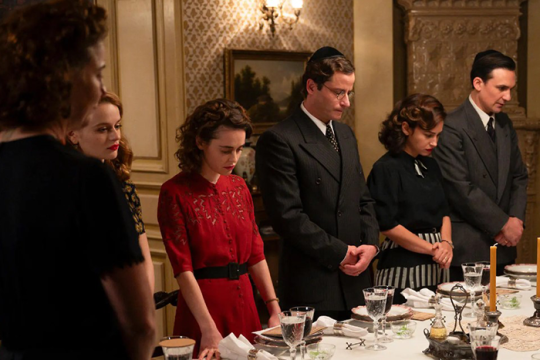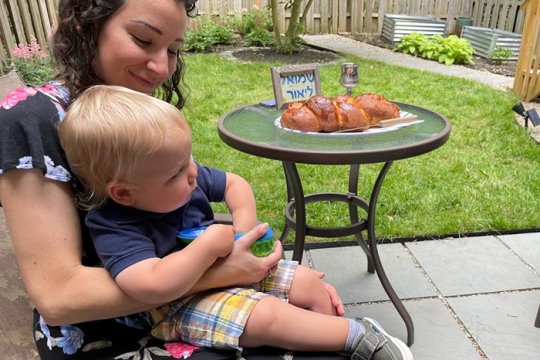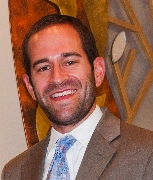
This is the season of milestones. Labor Day marked the unofficial end of summer. Last week, I loaded my daughter onto the school bus for the start of first grade. And on Rosh HaShanah, the Jewish people will soon bid farewell to the current year and welcome, with eyes filled with hope and hearts filled with prayer, a brand new year.
For me, there was the opportunity to mark another milestone just last week as I completed my first year of Daf Yomi.
Daf Yomi, "a page a day," refers to the practice of reading exactly one page of Talmud every day. Due to the breadth and length of the Talmud, the process takes slightly more than seven years for one to complete the entire Talmud outright. Started by Rav Meir Shapiro in Poland in 1923, Daf Yomi brings together lovers of Talmud around the world, allowing all learners to study the same page, on the same day, regardless of geography or ideology. It is not unlike our reading the same Torah portion as other synagogues each Shabbat or our celebrating the same holidays as other congregations on the same day. Every seven years, a siyyum (large gathering), often at Madison Square Garden, celebrates the culmination of the Daf Yomi cycle.
I fell in love with Talmud at rabbinic school, when the great rabbi and professor Michael Chernick introduced me to the centuries-old corpus of stories and legal discussion. I took no less than half a dozen classes with him, wrote my thesis on the Talmud, and have taught more and more Talmud over these first 10 years of my own rabbinate. I am drawn to its complexity, its humor, its poetic nature. I am drawn to the both familiar and highly different lives our ancestors lived in Babylonia, the distant diaspora backdrop where so much of the Talmud is set.
Why would a Reform Jew so love Talmud? Why would a Reform Jew want to study it every day? Good questions – Talmudic questions, in fact. The Talmud, to me, is the quintessential Reform document. In ways that are both overt and less obvious, it recounts the many ways that Judaism changed and evolved in the centuries following the destruction of the Second Temple. It also reminds us that we can disagree with one another without becoming enemies of one another, a lesson the world very much needs these days. The Talmud shows us that there are multiple pathways to God and Torah.
Daf Yomi also confirms for me what the rabbis already knew to be true: that study can indeed be quite like prayer. When I close the door and open the Talmud, something always happens. I experience a change. My mood changes. My day changes. The study is itself meditative, calming, and rejuvenating. Those age-old pages consistently grant me perspective and guidance, very much like prayer.
My study partner is Rabbi Michael Holzman, a wonderful rabbi in Virginia. We compare notes, often via email, and trudge through one page after another. It's a long, long journey and one year in, the end cannot even be imagined yet.
To read the Talmud every single day is more challenging than one would think. I learned that, too, this year. I read a page on Yom Kippur. I read a page on each of my kids' birthdays. I read a page on the busiest days. I read a page on vacation, on snow days, before services, after services, every day I spent on faculty at URJ Camp Harlam, on flights, in Israel, between lifecycle events, on my wedding anniversary, early in the morning, late at night. I read (past) and I read (present), and over the next six years, I will continue to do so.
If you are looking for a resolution this Jewish new year, something that will challenge you and change you, try picking up a tractate of Talmud. You can thank me later, in roughly seven years.
Related Posts

“We Were the Lucky Ones:” Bringing The Holocaust Out of History Books and Into Our Homes

Harnessing the Power of our Mothers Around the Seder Table


